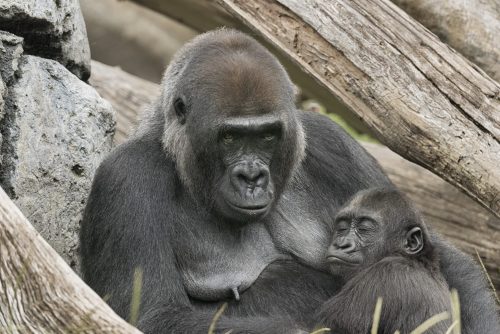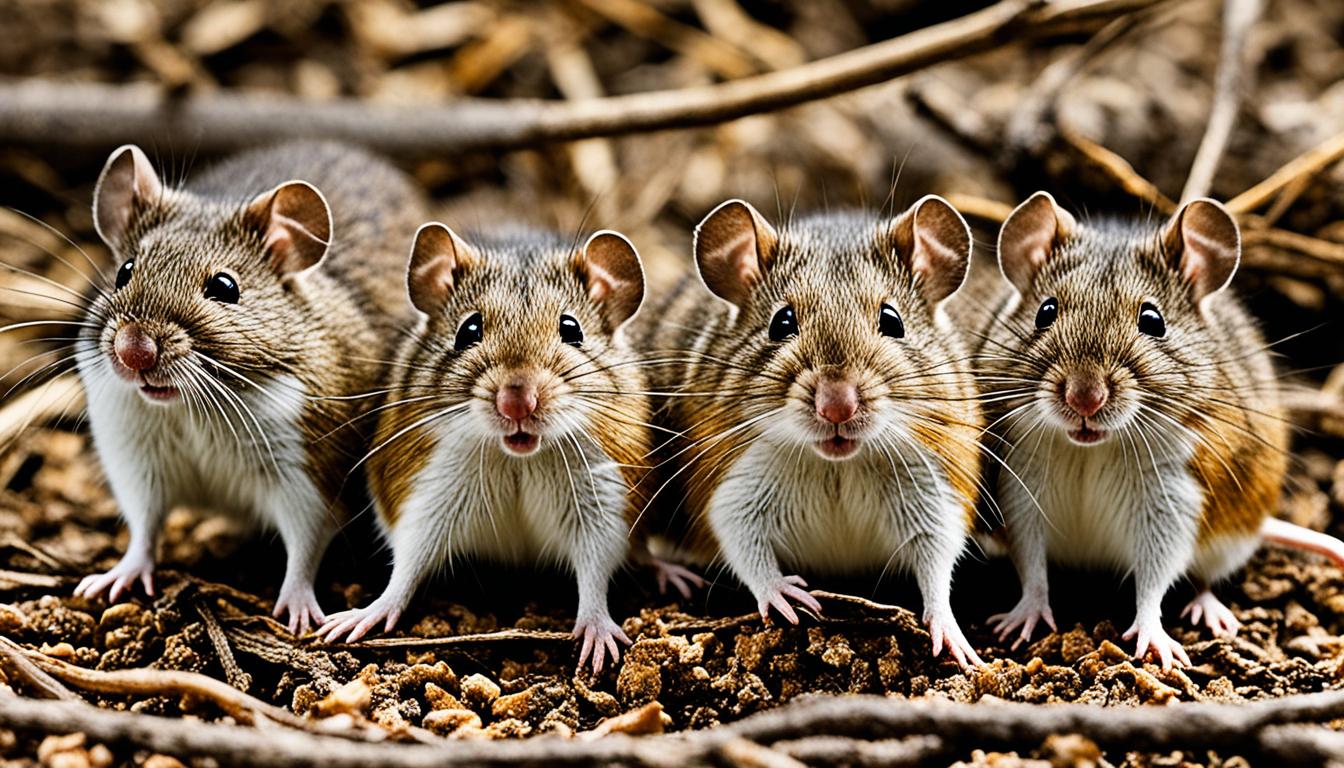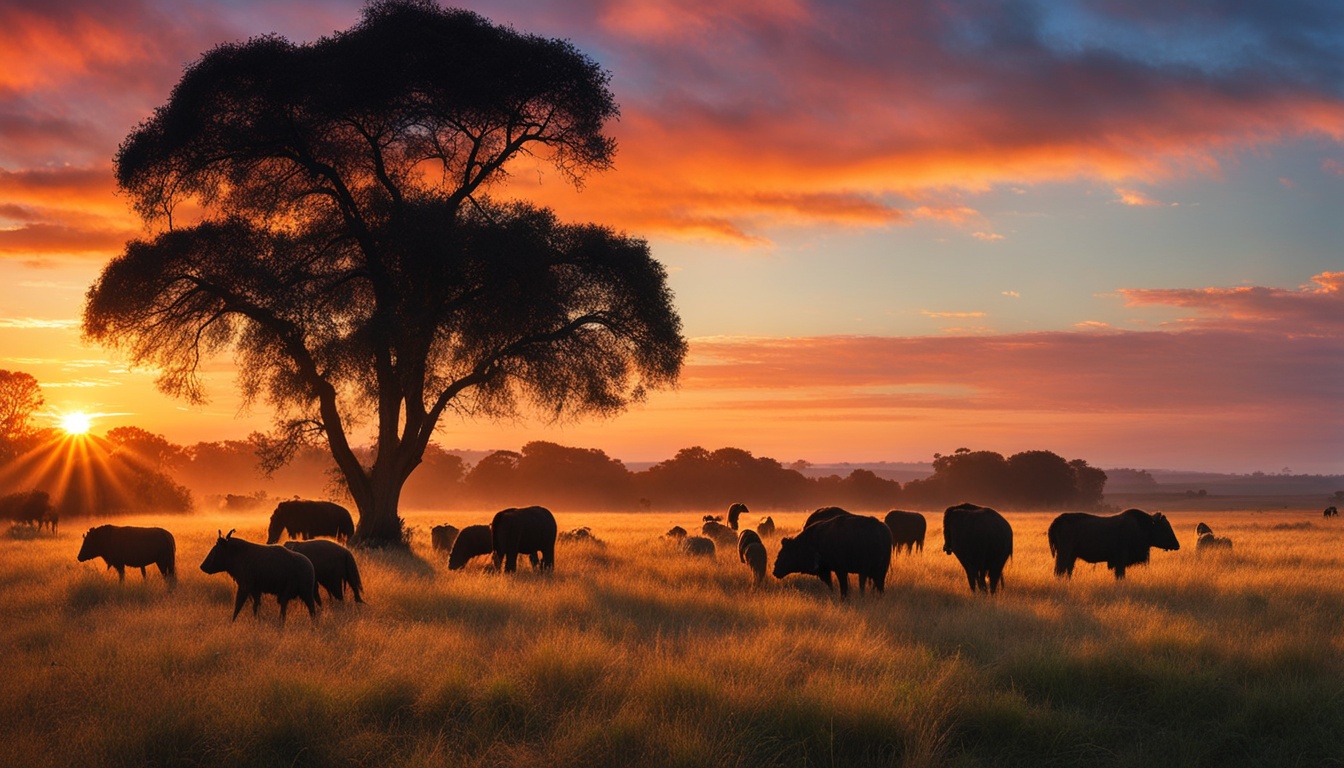Gorillas come in two varieties, both are critically endangered. The western gorilla is separated into two subspecies: Cross River and western lowland gorillas, and the eastern gorilla is divided into two subspecies: eastern lowland and mountain gorillas.
Western lowland gorillas are by far the most common subspecies, with a natural population of over 300,000. They aren’t quite as safe as that figure suggests, given the challenges they face, their dwindling population, and their poor reproducing rate. The Cross River gorilla, the other western subspecies, is significantly rarer and in serious decline. It is considered severely susceptible to extinction, with only approximately 250 individuals remaining.
Eastern lowland gorillas, also called Grauer’s gorillas, have seen substantial population declines in recent decades, with a 77 percent decline between 1996 and 2016. Only about 3,800 are thought to be left in the wild. While mountain gorillas are still rare and endangered, they provide a light of hope for gorilla preservation.
Only about 1,000 people live there, but that’s a significant increase from the early 1980s when their overall population was only 240. That number is now expected to be 1,069. This is thanks to “extreme conservation” efforts over the last few decades, including extensive day-to-day care of gorilla families.
Do Female Moose Have Antlers Like Male Moose Do?
Male and female moose antler identification is easy as male moose have large and complex antlers, while female moose lack antlers altogether. These differences in antler growth are primarily due to hormonal variations between the two genders. Male moose use their antlers for display and combat during the mating season.
Threats to Gorillas:
Gorillas are endangered in all four subspecies, however, the cause and severity of the threats vary by location. Poaching, viral infections, habitat degradation, and fragmentation are the most serious threats facing wild gorilla populations.
Poaching:
Although the capture, slaughter, and eating of gorillas is prohibited, the clandestine bush meat trade has decimated wildlife populations in many critical gorilla habitats. While some poachers target gorillas, they are also frequently killed by opportunistic hunters and snares intended for other animals, as per the International Union for Conservation of Nature.
Poaching is the most serious threat to both eastern and western lowland gorillas, and it is becoming more serious as logging and mining routes make it much easier for poachers to enter and exit impenetrable woods.
Diseases:
The disease is the second leading cause of a decrease in western lowland gorillas, after poaching, according to the IUCN. Since the 1980s, the Ebola virus has caused a succession of great ape deaths, the worst of which had death rates as high as 95 percent.
According to a study, populations in guarded areas started to recover in about a century, though a complete recovery would take 75 to 130 years – and that’s only if all poaching ceased, which the IUCN calls “an implausible scenario.” Human disease transmission is also a major threat for Cross River and eastern gorillas.
Habitat Loss Fragmentation:
Loss of habitat is a common concern to all big apes, particularly gorillas, but the severity varies by location. Palm oil plantations and industrial-scale mining, for example, are displacing habitat and enabling development corridors, which can further partition the forest and isolate gorilla communities, posing a threat to western lowland gorillas.
Many eastern Gorillas and Cross River are losing habitat due to expanding human settlement, which sometimes involves illegal logging or the construction of settlements, farming, and pastures. Cross River gorillas are said to have lost 59 percent of their habitat between 1995 and 2010.
According to Kirsten Gilardi, their total population numbers remain low, and habitat degradation, poaching, sickness, and civil unrest continue to pose a threat to the animals. Another danger is snares designed to trap antelopes, but which can also trap gorillas. According to Fauna & Flora International, a conservation organization that supported the census, survey personnel identified and destroyed 88 snares, nearly the same amount discovered during the 2011 survey.
While the latest survey results are unquestionably encouraging, mountain gorillas remain endangered, says Matt Walpole, senior director of conservation initiatives at Fauna & Flora International. “We must remain watchful against dangers and build on our previous successes by ensuring that resources, especially those generated by tourists, are correctly channeled to wildlife species and local populations.”
So, many species of gorillas are becoming endangered due to various reasons and there is much we can do to save them. Everyone needs to make an effort so that we can save them.










